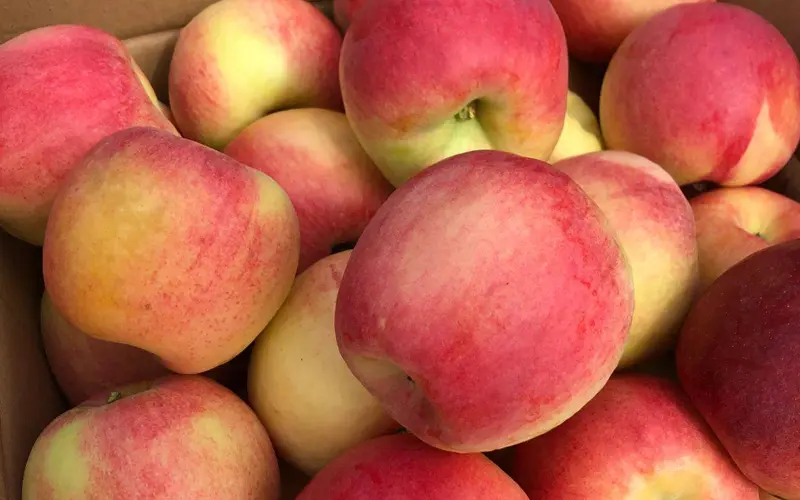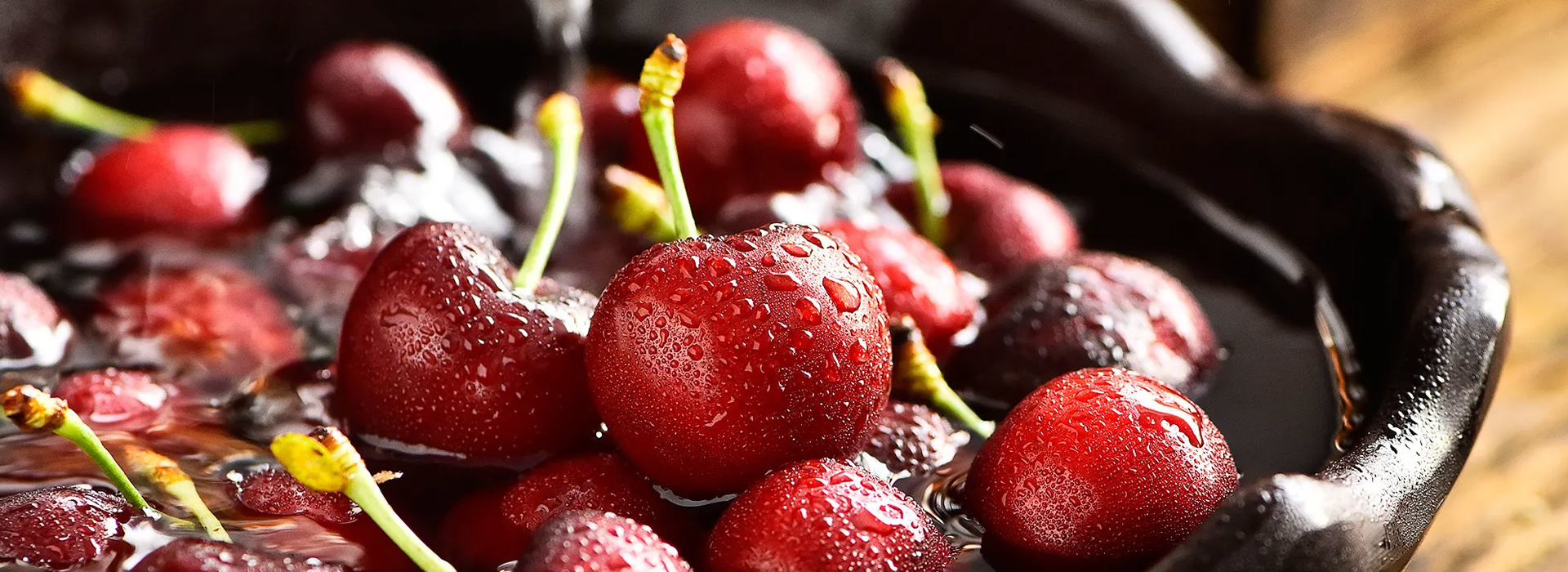Selection tips: 3 steps to pick crisp, sweet, and high-quality Gala apples
Release date:
2025-07-17
High-quality Gala apples should have a bright golden-yellow base color (not dull, earthy yellow), with evenly distributed red hues—either in stripes or patches—while avoiding the "half-red, half-green" appearance. If the base color leans toward green and there’s minimal red, it indicates insufficient ripeness, resulting in a tart taste and firmer flesh. On the other hand, if the color turns dark and lacks shine, the apples may have been stored for too long, compromising their freshness.

Gala apples, due to their short ripening cycle, can easily become soft and lose moisture if stored improperly. When selecting them, pay close attention to "freshness" and "ripeness"—here's how:
Look at the color: The red and gold tones are harmoniously balanced and have a glossy sheen.
High-quality Gala apples should have a bright golden-yellow base color (not dull, earthy yellow), with evenly distributed red hues—whether in stripes or patches—while avoiding the appearance of "half red, half green." If the base color leans toward green and there’s minimal red, it indicates insufficient ripeness, resulting in a tart taste and firmer flesh. On the other hand, if the color turns dark and lacks luster, the apples may have been stored for too long, compromising their freshness.
Touch: Firm and elastic, with a dry, smooth surface.
Gently press the surface of the apple with your fingertips—high-quality Gala apples should feel "firm yet slightly springy." They shouldn’t collapse under pressure, and when you release your hand, there should be no lingering indentation, indicating that the flesh is plump and juicy. However, if the apple becomes soft upon pressing, the skin feels sticky, or you notice a "hollow core," it’s a sign of overripeness or dehydration. In such cases, the texture will turn mealy and lack that satisfying crispness.
Smelling the aroma: It has a natural fruity scent, with no off-odors.
Fresh Gala apples give off a delicate "sweet + fruity aroma" when you bring them close—a fresh scent that’s neither overpowering nor harsh. If you can’t detect any fragrance at all, the apples may still be underripe. But if you notice a sour, musty, or alcoholic smell, it means they’ve gone bad and should definitely not be chosen.
Extra tip: If the calyx (the part at the top where the apple connects to the branch) of a Gala apple is green, firm, and doesn’t feel loose, it indicates that the apple was harvested recently and remains extra fresh. However, if the calyx is dry, shriveled, and turns dark, it may mean the apple has been stored for too long.
V. Serving Suggestions: Best enjoyed raw, but can also be creatively paired with other ingredients.
The "crisp and sweet" texture is at the heart of Gala apples, making them best enjoyed raw to fully savor their flavor. Simply wash them thoroughly before eating, or slice them up to pair with yogurt and nuts for a refreshing breakfast salad. They can also be used in cooking, though keep in mind that their tender flesh tends to soften quickly when heated—so they’re perfect for dishes like apple pie, apple porridge, or even creamy apple puree (which becomes especially smooth and naturally sweet compared to Golden Delicious—and requires no added sugar!).
Additionally, Gala apples don’t keep well once ripe (it’s recommended to store them at room temperature for up to 1 week; refrigeration can extend their freshness to 2–3 weeks). After purchasing, it’s best to enjoy them promptly to prevent the flesh from becoming soft and losing its crisp texture.
Tags:
Previous:
Previous page:
Share to



